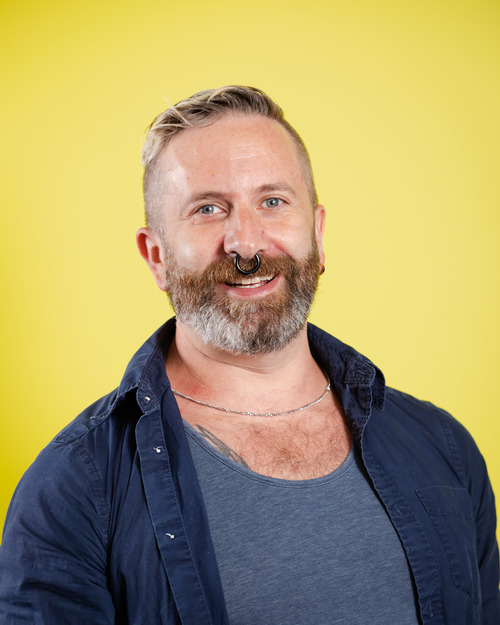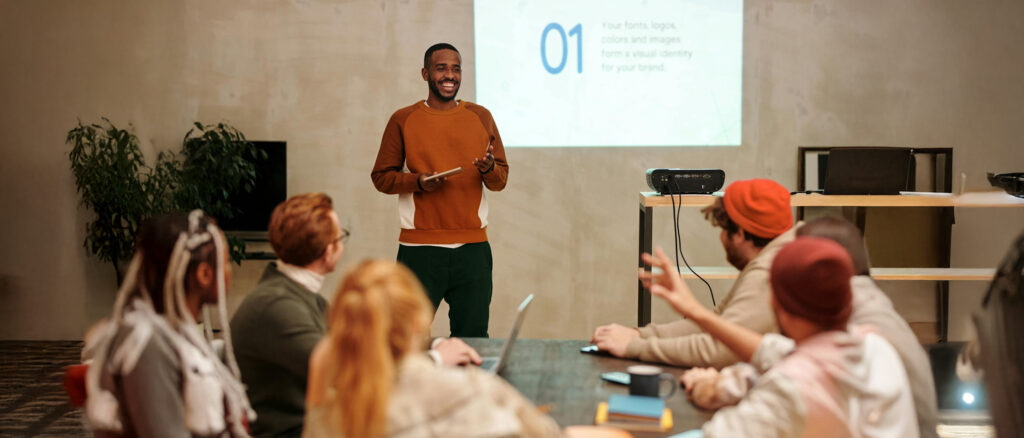Making connections with the sober curious
Birthday – let’s go to the pub. Someone just got engaged – pop open the Champagne. Travelling back to the parents for the weekend – don’t forget the train wine. Sunday roast – not the same without a bottle of red. New work colleague – pub lunch. We made it to Friday – cheers have a pint.
…we’re seeing a growing number of individuals who want to actively question this reliance on alcohol at every turn.
Every celebration in the UK is marked with an alcoholic drink. Even before a baby has had time to blink, we want to ‘wet their head’ with a celebratory toast.
But now we’re seeing a growing number of individuals who are actively questioning these attitudes to alcohol at every turn. In some ways, this is a generational shift – Gen Z are much less likely to drink than millennials. And this shift isn’t new; what was typical in many of our (I say this as an elder millennial) childhoods would be considered outrageous now. Long drives from our parents’ friend’s houses after countless bottles of wine was the norm. When drink driving limits were introduced in 1967, many complained that this would see the end of the country pub – an argument we wouldn’t entertain today. So why the lack of understanding of this new sober-curious audience? And how do we connect with them?
How to reflect changing attitudes to alcohol in your advertising
The benefits of cutting down are clear to us all, and the non-alcoholic drinks category is worth £1.36 trillion globally. Here at Sticky, we’ve taken a broader look at why people choose to enjoy a night out in a new way, with a clearer head, and how Low and No brands can inspire them to want to know more about you and your products.
Making the connections
1. Redefine celebrations – it isn’t all about the bubbly.
Alcohol is the cornerstone of many celebrations in the UK. From making it to Thursday to monumental life moments, each one is a reason to raise a glass. As a Low and No brand, or one looking to attract this audience, we need to remind people why we’re celebrating and that it’s not actually about having a drink in hand. 62% of people now feel they make deeper connections when dating without alcohol, according to dating app Bumble. Focus on the event and create a safe space where people can be themselves without the need to drink.
2. Portman Code? It doesn’t apply here.
Those who have worked with alcohol brands know the Portman Code back to front and inside out. It rightly governs exactly how alcohol brands can advertise and discuss their products. Any brand with an ABV below 0.5% doesn’t need to worry about this code. Lean into this freedom of expression. Be bold in what you say while still mindful that you’re playing in the alcohol space. One of the biggest alcohol brands in the world, Heineken, has done this. An advert for Heineken 0.0 shows F1 driver Daniel Ricciardo enjoying a bottle, leaving the bar and walking past a stylish Maclaren sports car before jumping aboard his escooter. The advert highlights the critical message that riding is still driving and allows Heineken to play in this space in a way they couldn’t before.
3. Sober at any time – not just Dry January or Sober October
Marketing is an always-on activity; however, due to crammed PR calendars, many journalists focus on key events and moments for Low and No beverages. In the UK, these are Dry January and Sober October. Your audience exists all year round, and your marketing campaigns should do the same. Summer parties, Christmas, and relaxing after-work drinks all happen outside the traditional PR calendar. Be there when your consumer needs you.
4. Celebrate the benefits – but don’t preach
Punchy flavours without saccharine and the ability to play in the wellness space are all strengths of the Low and No category. Corona has launched Sunbrew 0.0%, a non-alcoholic beer that contains 33% of an adult’s RDA of Vitamin D. The potential benefits of Low and No drinks extend far beyond the lack of alcohol. Leverage these benefits to attract a new audience who enjoy green juice and health drinks.
5. An unconventional way to relax, and lean into the routine
40% of those who drink do so to relax, making it the most common reason to enjoy a drink. By celebrating the routine and not the drink, low and no brands can speak to a crucial moment in a person’s day. Using traditionally unconventional ingredients that can help us unwind is another way to talk to this audience—encouraging them to have an alcohol-free moment that still allows them to achieve that ‘ahhh’ feeling. After all, nearly half of European consumers view CBD in a favourable light, and 76% believe it should be more readily available. The CBD market is set to grow by 400% in the next four years.
Beyond new ingredients, encourage people to lean into the routine of consumption without the alcohol. A large part of the enjoyment can come from opening a bottle, selecting the right glass and relaxing into your favourite armchair, rather than the ABV of the drink.
6. Build the community – allow people to come together
Historically sobriety has, in the UK, been viewed as a solitary journey. Or a more serious one that is often taken anonymously. There is an implied loneliness and a sense that someone has done something wrong to get there. However, with 3.5bn views on TikTok for #Sobriety, there is a new sense of community. Meanwhile, groups like ‘Queers without Beers’ and ‘Sober Black Girls Club’ provide a sense of community and knowledge sharing. As a brand wanting to engage with the sober curious, and sober communities, it’s vital to remember that you are a guest in this space. It’s not for you to try and lead, but you may be welcome if you can add authentic stories and provide resources for the people already coming together.
7. Authentic and sustainable – be true to who you are
The sober curious have been on their own journey of discovery, going against the flow of a culture seeped in alcohol at almost every turn. Along with a growing number of consumers, they value sustainability and authenticity. To reach this audience, ensure your stories remain faithful to who you are as a brand, which doesn’t always mean being nice. Liquid Death is a water brand out to murder your thirst. Other waters may be nice and fluffy – after all, who doesn’t love cute dancing babies – but Liquid Death is the opposite. They also make a stand, by providing water in 100% recyclable aluminium cans proclaiming death to plastic. Research your story, be proud of your heritage and be honest. Even if you aren’t perfect.
8. Price fairly and attainably.
Low and No brands face a challenge, price too high and some people fail to see the point in investing without the same return as regular gin or vodka; price too low, and you’re competing with juices and soft drinks and people don’t see you as a ‘treat’ product. Your product doesn’t have to be a cheaper alternative to alcohol, but if it is – don’t be afraid to lean into it. If you’re at the higher end of the market, focus on what makes your product worth the extra value.
9. Deliver a full flavour without the ABV
The sober curious aren’t looking for a weak interpretation of traditional cocktails. They want exciting flavour profiles in their own right. Court them with high-quality ingredients and flavours that deliver their own unique punch. Develop exciting cocktail recipes that share all the flavour without the ABV. Kitchen mixology grew during the pandemic, and brands like Seedlip are leaning into the trend by providing alternative cocktails with all the taste and none of the hangover.
10. It’s not just about the drink
Finally, the sober curious are not all about the drink; they are an eclectic group of individuals from all walks of life and communities. Their curiosity to discover something new beyond the norm unites them but doesn’t homogenise them. To attract them, develop a range of strategies and content pillars to demonstrate who you are as a brand, be that a Low and No-alcohol brand, a tech consultancy, automotive or more.
How Sticky can help
Sticky can work with you to examine what makes your brand unique and how you can connect with an often-overlooked consumer group in a natural and engaging way. We can create a multi-channel strategy that delivers your messaging to this naturally inquisitive audience and piques their curiosity along the way, bringing them closer to your brand.

Nick Bain
Senior Strategist



